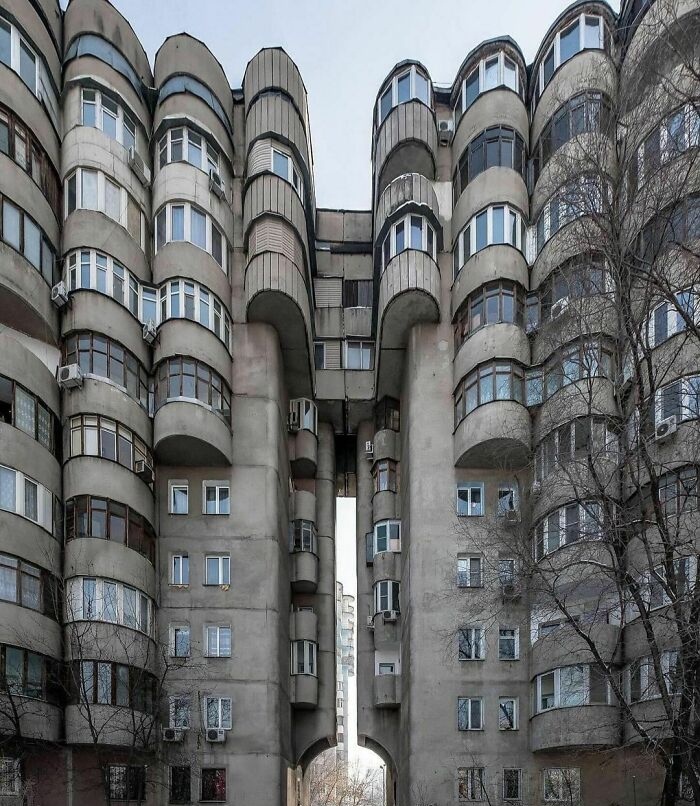Brutalism.s
I find it fascinating and deeply troubling, the spectacle of most white Westerners obsessing over brutalism. Those blocks of cracked concrete, the massive angles, the dilapidated façades become, for them, objects of aesthetic desire, totems of supposed radicality. Yet the majority of those who gush over it have never actually lived in these buildings. They don’t know the damp that seeps through the walls, the broken lifts, the poorly lit stairwells, the social housing designed like warehouses for working-class and racialised communities. Their fascination is a fantasy, detached from any real experience, an aesthetic appropriation of other people’s hardship.
Brutalism is experienced by some as a romantic backdrop to consume, an object of intellectual contemplation, while for others it was the everyday site of spatial stigma, economic exclusion, and institutional violence. Admiring bare concrete without that awareness reduces the lived experience of residents to abstraction, turning hardship into a sort of Instagrammable moodboard.
It’s pure class voyeurism. It’s also a capitalist mechanism: everything can be reclaimed, repackaged, and sold as aesthetic. Even social suffering becomes consumable. Ruins become “cool,” so long as the real inhabitants vanish from the frame. And that disappearance isn’t accidental: it’s constitutive of white appropriation of other people’s lived realities.

But brutalism isn’t just a question of class: it’s racialised and colonial. In many Global South peripheries, massive concrete was used to enforce logics of control, order, and coercive modernisation, often in post-colonial or neo-colonial contexts. Western celebration of the same forms ignores that history, or worse: it reshapes it as aesthetic spectacle, erasing the violences endured by local populations. White fetishisation of brutalism is inherently political, a gesture of inverted memory : it celebrates imaginary radicality while erasing lived radicality.
This aesthetic sits within a regime of visibility: transforming sites of precarity and marginality into style totems. Concrete becomes iconic, but only when dissociated from the bodies who inhabit it. The social, racial, and economic brutality embeddded in it disappears under the veneer of aesthetic admiration.
Yes, brutalism can be beautiful, but its beauty cannot be considered outside of social, racial, and political context. Admiring concrete without that awareness is participating in a form of symbolic violence: turning hardship into décor, residents into ghosts, lived experience into a fantasy of white radicality.
If you admire these buildings, ask yourself: who are they really beautiful for? For those who live and survive there? Or for the eyes of white spectators, who can consume the experience without bearing its weight? Until that tension is acknowledged, brutalism remains a monument to white West fetishism, an object of intellectual desire divorced from any social reality.